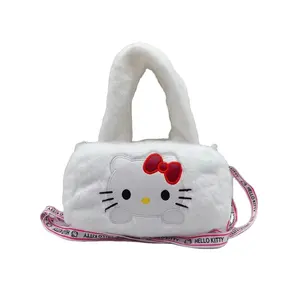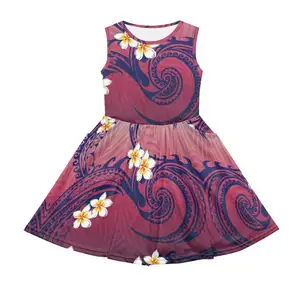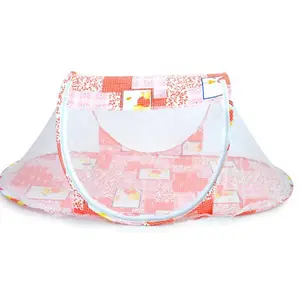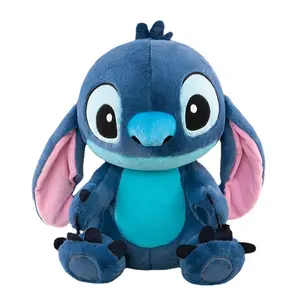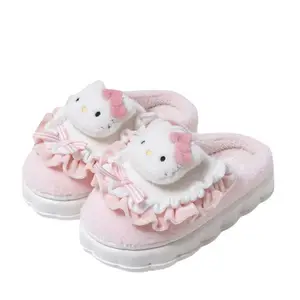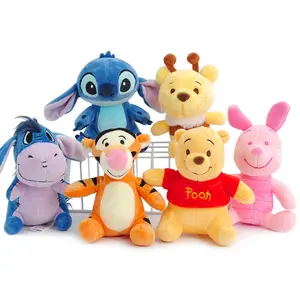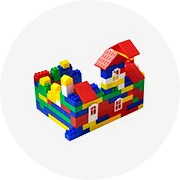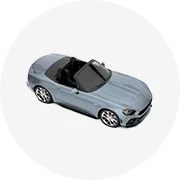Phổ biến trong ngành của bạn
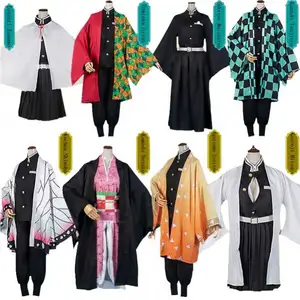





Hot Bán Phim Hoạt Hình Con Quỷ Slayer Kimetsu Không Yaiba Tanjirou Kamado Nezuko Trang Phục Cosplay Phụ Nữ Người Đàn Ông Kimono Cosplay Trang Phục Bộ
177.936 ₫ - 203.392 ₫
Đơn hàng tối thiểu: 2 Cái
Vận chuyển mỗi chiếc: 269.577 ₫







Chất lượng cao tùy chỉnh dễ thương Inflatable hổ vàng phim hoạt hình Linh Vật Trang phục để bán
763.674 ₫ - 8.909.522 ₫
Đơn hàng tối thiểu: 1 Cái







2024 Dành Cho Người Lớn Người Đàn Ông Phụ Nữ Trẻ Em Super Mario Trang Phục Trang Phục Trang Phục Jumpsuit Trang Phục Với Hat
76.113 ₫
Đơn hàng tối thiểu: 3 Cái
Vận chuyển mỗi chiếc: 168.263 ₫







Chạy Vui Vẻ Inflatable Gấu Màu Xanh Linh Vật Trang Phục Phim Hoạt Hình Nhân Vật Inflatable Gấu Sang Trọng Trang Phục Gấu Cosplay Phù Hợp Với Cho Người Lớn
763.674 ₫ - 8.909.522 ₫
Đơn hàng tối thiểu: 1 Cái






PVC OEM Anime hình tùy chỉnh Vinyl hình đồ chơi nhựa Anime Hành động Hình
22.911 ₫ - 91.641 ₫
Đơn hàng tối thiểu: 500 Cái




Trang Phục Hình Gấu Rilakkuma Hoạt Hình Nhật Bản CE Funtoys
2.240.109 ₫ - 7.585.822 ₫
Đơn hàng tối thiểu: 1 Cái


Trang Phục Linh Vật Hoạt Hình Hola Movie Girl/Trang Phục Y Tá Nhật Bản
2.036.463 ₫ - 8.909.522 ₫
Đơn hàng tối thiểu: 2 Bộ




HI price adult EVA Japanese Shift Knob mascot funny wearable button costume for cosplay
5.574.815 ₫
Đơn hàng tối thiểu: 2 Bộ






Bán Buôn Inflatable Phù Hợp Với Halloween Blow Up Jurassic T-REX Trang Phục Khủng Long Cho Trẻ Em
407.293 ₫ - 458.204 ₫
Đơn hàng tối thiểu: 2 Bộ
Vận chuyển mỗi chiếc: 310.052 ₫



Tùy Chỉnh Linh Vật Động Vật Trang Phục Đảng Cosplay Phim Hoạt Hình Vui Corgi Chó Linh Vật Trang Phục
7.127.618 ₫ - 9.367.726 ₫
Đơn hàng tối thiểu: 2 Cái
Vận chuyển mỗi chiếc: 1.233.078 ₫






Trang Phục Anime Nhật Bản Bộ Đồ Bơm Hơi Halloween Trang Phục Bơm Hơi Cho Người Không Mặt Vui Vẻ
254.558 ₫ - 292.742 ₫
Đơn hàng tối thiểu: 2 Cái






Động Vật Trung Quốc Nhật Bản Halloween Động Vật Cosplay Trang Phục Trẻ Em Cô Gái Trang Phục Cho Cosplay Sử Dụng Trẻ Em Cô Gái Halloween
330.926 ₫ - 381.837 ₫
Đơn hàng tối thiểu: 100 Cái
Các danh mục hàng đầu
Giới thiệu về trang phục linh vật nhật bản
Nếu bạn đang tìm kiếm người bạn đồng hành âu yếm hoàn hảo cho con, cháu gái hoặc cháu trai của mình, thì không đâu khác ngoài Alibaba.com để có được điều tốt nhất. trang phục linh vật nhật bản. Có sẵn với nhiều loại màu sắc và giống đáng yêu như mèo, gấu, chó, voi, chim, hổ, v.v. những cái này. trang phục linh vật nhật bản chắc chắn sẽ làm hài lòng trẻ em và trẻ em ở mọi người lớn như nhau .. trang phục linh vật nhật bản là một món đồ chơi quan trọng để trẻ em nuôi dưỡng sự đồng cảm và cũng hoàn hảo để món quà cho một người quan trọng khác.
. trang phục linh vật nhật bản được cung cấp trên Alibaba.com được làm từ những vật liệu chất lượng tốt nhất đã trải qua các vòng kiểm tra an toàn để đảm bảo sức khỏe của người dùng. Chúng không có bất kỳ nhựa hoặc dây sắc nhọn nào bên trong và được thiết kế đặc biệt để đảm bảo rằng chúng không gây kích ứng da. Những cái này. trang phục linh vật nhật bản được thiết kế để nhẹ cũng như mềm và dễ mang theo. Một số. trang phục linh vật nhật bản cũng cung cấp các tính năng hấp dẫn bổ sung như khả năng tạo âm thanh và thậm chí ghi âm tin nhắn thoại.
trang phục linh vật nhật bản có sẵn ở nhiều loại và bộ sưu tập khác nhau, chẳng hạn như vật nuôi trong nhà, động vật biển và động vật có nguy cơ tuyệt chủng. Những cái này. trang phục linh vật nhật bản rất phù hợp để làm quà tặng và có sẵn ở các kích thước nhỏ cho nhà trẻ cũng như các kích thước lớn hơn có thể lên đến vài feet .. trang phục linh vật nhật bản liên quan đến phim hoạt hình và các bộ phim hoạt hình cũng được cung cấp và chắc chắn sẽ là một hit với trẻ em.
Chọn giá mềm nhất. trang phục linh vật nhật bản cho con bạn hoặc cho mục đích tặng quà trên Alibaba.com với giá thấp nhất mà không ảnh hưởng đến chất lượng .. trang phục linh vật nhật bản người bán buôn và nhà cung cấp cũng chắc chắn tìm thấy ISO và các sản phẩm được chứng nhận CE với giá cả phải chăng khi mua số lượng lớn. Hãy yên tâm rằng các sản phẩm được cung cấp bởi những người bán và nhà sản xuất đáng tin cậy nhất, đều đã được kiểm tra an toàn.
. trang phục linh vật nhật bản được cung cấp trên Alibaba.com được làm từ những vật liệu chất lượng tốt nhất đã trải qua các vòng kiểm tra an toàn để đảm bảo sức khỏe của người dùng. Chúng không có bất kỳ nhựa hoặc dây sắc nhọn nào bên trong và được thiết kế đặc biệt để đảm bảo rằng chúng không gây kích ứng da. Những cái này. trang phục linh vật nhật bản được thiết kế để nhẹ cũng như mềm và dễ mang theo. Một số. trang phục linh vật nhật bản cũng cung cấp các tính năng hấp dẫn bổ sung như khả năng tạo âm thanh và thậm chí ghi âm tin nhắn thoại.
Chọn giá mềm nhất. trang phục linh vật nhật bản cho con bạn hoặc cho mục đích tặng quà trên Alibaba.com với giá thấp nhất mà không ảnh hưởng đến chất lượng .. trang phục linh vật nhật bản người bán buôn và nhà cung cấp cũng chắc chắn tìm thấy ISO và các sản phẩm được chứng nhận CE với giá cả phải chăng khi mua số lượng lớn. Hãy yên tâm rằng các sản phẩm được cung cấp bởi những người bán và nhà sản xuất đáng tin cậy nhất, đều đã được kiểm tra an toàn.
